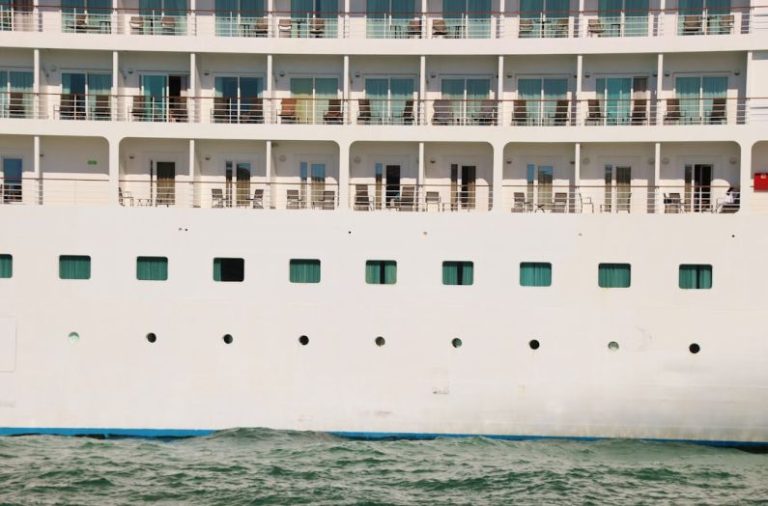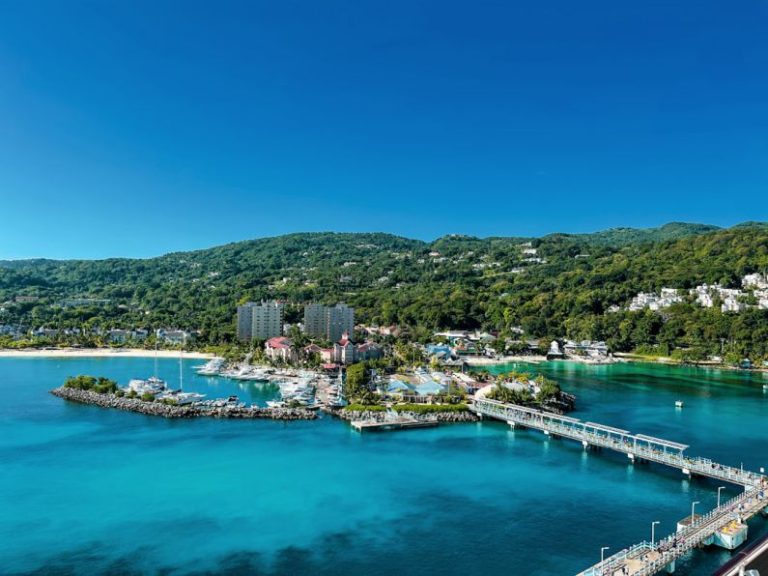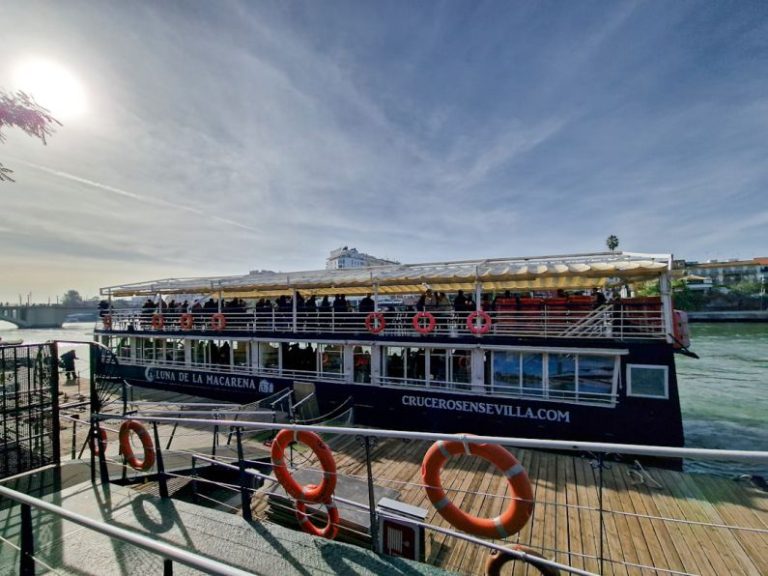The Evolution of Cruise Ships: Then and Now
Cruise ships have long captured the imaginations of travelers, offering a luxurious and adventurous way to explore the world’s oceans. Over the years, these floating marvels have undergone significant transformations, evolving in design, size, amenities, and technology to meet the changing demands of passengers seeking unforgettable vacation experiences. From humble beginnings to the modern-day behemoths of the sea, the evolution of cruise ships is a fascinating journey through time.
Origins of Cruise Ships
The concept of cruise ships dates back to the mid-19th century when steamships began offering leisure voyages to affluent travelers. These early cruise ships were significantly smaller and simpler compared to today’s vessels, with limited amenities and accommodations. Passengers would embark on these journeys for weeks at a time, often enduring cramped quarters and basic facilities.
The Golden Age of Ocean Liners
The early to mid-20th century marked the golden age of ocean liners, with iconic ships like the RMS Titanic and the Queen Mary setting new standards for luxury and elegance at sea. These grand vessels were opulently decorated, featuring spacious cabins, lavish dining rooms, and extravagant entertainment options. The heyday of ocean liners represented a pinnacle of sophistication and glamour in travel, attracting elite passengers from around the world.
Transition to Modern Cruise Ships
The latter half of the 20th century saw a shift from traditional ocean liners to purpose-built cruise ships designed specifically for leisure travel. These new vessels prioritized passenger comfort and entertainment, offering a wide range of amenities such as swimming pools, theaters, casinos, and fine dining restaurants. The modern cruise ship industry boomed in the late 20th century, with companies like Carnival Cruise Line and Royal Caribbean International leading the way in innovation and design.
Size Matters: The Rise of Mega-Ships
One of the most significant trends in the evolution of cruise ships is the increase in size and scale of modern vessels. Today’s mega-ships are vast floating cities, capable of accommodating thousands of passengers and crew members. These behemoths feature multiple decks, expansive public spaces, and a plethora of onboard activities to cater to diverse passenger interests. The size and scope of modern cruise ships rival that of small towns, with amenities ranging from water parks and zip lines to Broadway-style theaters and gourmet restaurants.
Luxury Redefined: High-End Cruise Experiences
In recent years, the cruise industry has witnessed a surge in demand for ultra-luxury cruise experiences catering to discerning travelers seeking exclusivity and personalized service. Luxury cruise lines like Regent Seven Seas Cruises and Seabourn offer intimate, all-inclusive voyages aboard smaller, more intimate ships with a focus on premium amenities and bespoke experiences. These high-end cruise offerings redefine luxury at sea, with spacious suites, gourmet dining, and unparalleled service setting new standards for indulgence and sophistication.
Sustainable Innovation: Green Cruising for the Future
As concerns about environmental impact and sustainability grow, the cruise industry is increasingly focused on implementing eco-friendly practices and technologies to reduce carbon emissions and minimize waste. Cruise lines are investing in alternative fuels, energy-efficient systems, and waste management solutions to make their operations more environmentally friendly. The future of cruising lies in sustainable innovation, with a commitment to preserving the oceans and destinations that these ships visit.
Charting a Course for the Future
The evolution of cruise ships from their humble beginnings to the modern-day marvels of the sea is a testament to the industry’s ability to adapt, innovate, and redefine the travel experience. As cruise lines continue to push the boundaries of design, technology, and sustainability, passengers can look forward to even more exciting and immersive cruise experiences in the years to come. Whether seeking adventure, relaxation, or luxury, the evolution of cruise ships offers something for every type of traveler, ensuring that the magic of cruising will endure for generations to come.






